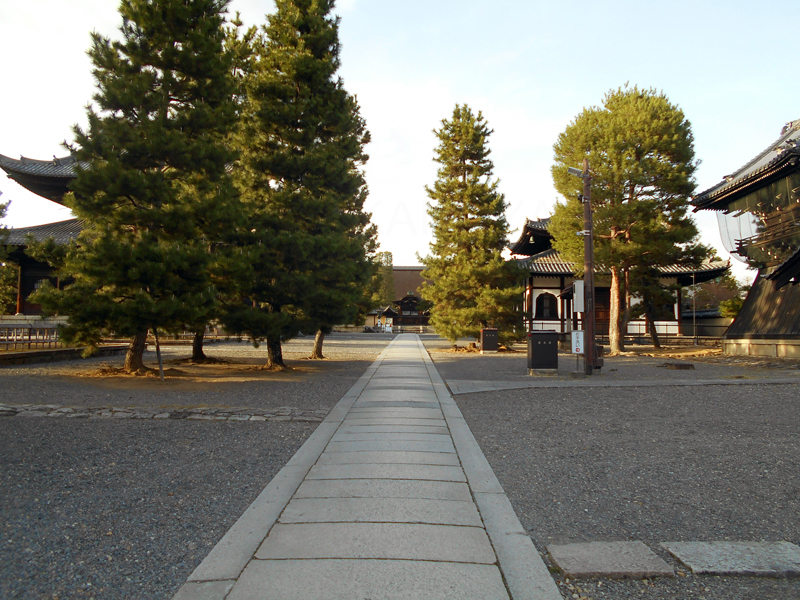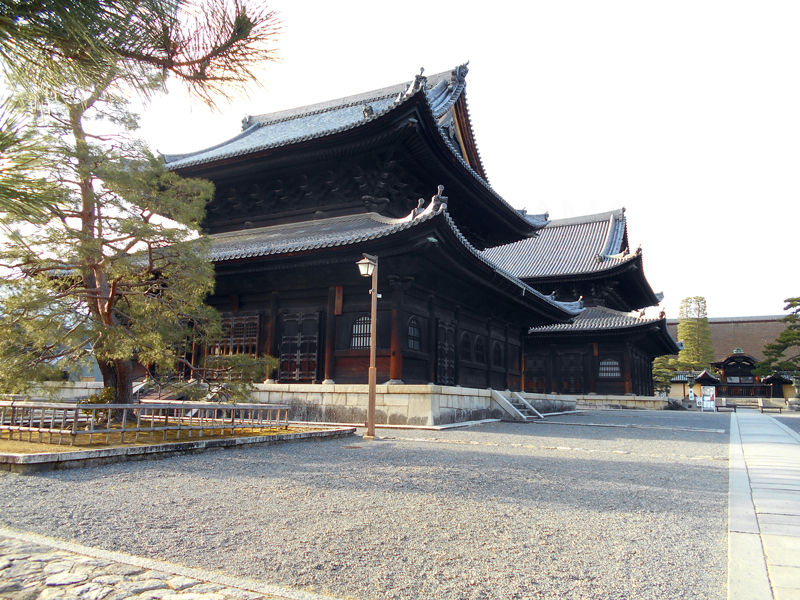Sengoku Jidai Tour: Places to Visit in Chūbu and Kansai
The sengoku jidai left its trace on the whole of Japan. However, if you find yourself travelling in Chūbu and Kansai in particular, you will have many opportunities to visit places connected to the events mentioned on this website. The following list is not exhaustive, but it contains some of the most interesting sites from a visitor's perspective.
On castles:
Very few of the castles standing in Japan today are preserved from the sengoku jidai. Some original structures were lost over the years to fires and earthquakes, while others were deliberately disassembled in later eras. Although modern concrete replicas may not always resemble their original namesakes, they sometimes house excellent local museums and exhibitions and are often worth visiting as attractions in their own right.
Aichi Prefecture
Oda Nobunaga would have known the landscape of Aichi Prefecture well, as its western half formed his home province of Owari. Today, Aichi is centred on the industrial city of Nagoya, which rose to significance as Owari's main administrative seat during the Tokugawa period.
Kiyosu Castle (reconstruction), Kiyosu City
An Owari Province stronghold, Kiyosu Castle was the scene of much Oda clan drama. It was Nobunaga's base at the time of the Battle of Okehazama and the place where Hideyoshi and other retainers held their council to determine his heir in 1582. Owing to a lack of historical evidence, the 1980s replica keep was actually based on that of Inuyama Castle (listed below). Visitors to Kiyosu Castle may enjoy the keep's detailed historical exhibitions, the surrounding gardens, and the chance to try on handmade replica armour at the volunteer-run workshop.
https://aichinow.pref.aichi.jp/en/spots/detail/28/
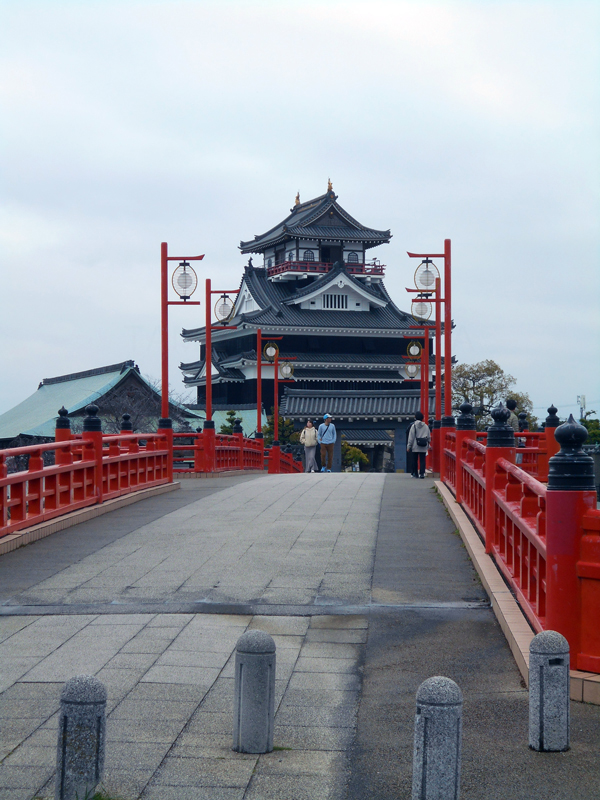
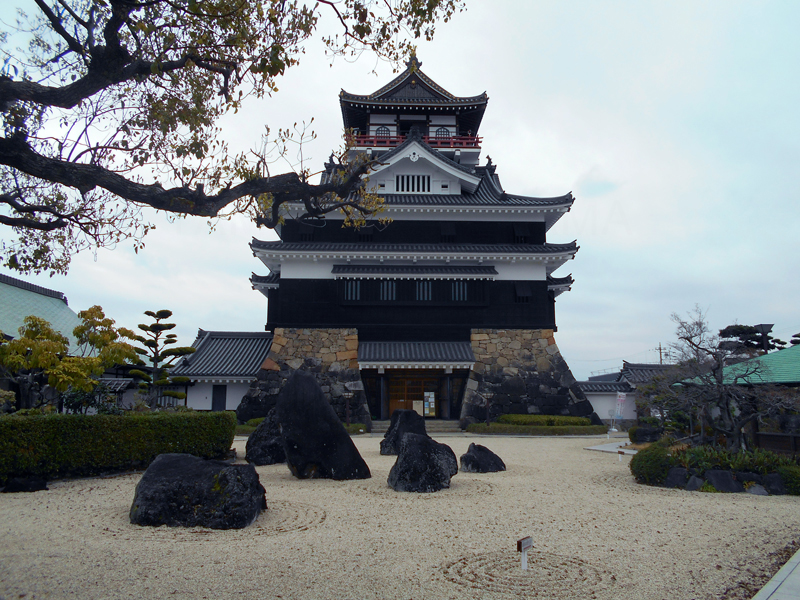
Okehazama Battlefield Park, Toyoake City
Okehazama was the site of Oda Nobunaga's famous victory over Imagawa Yoshimoto. The battlefield is now an educational park featuring statues of the various figures involved and monuments to key moments of the battle.
https://www.aichi-now.jp/en/spots/detail/310/
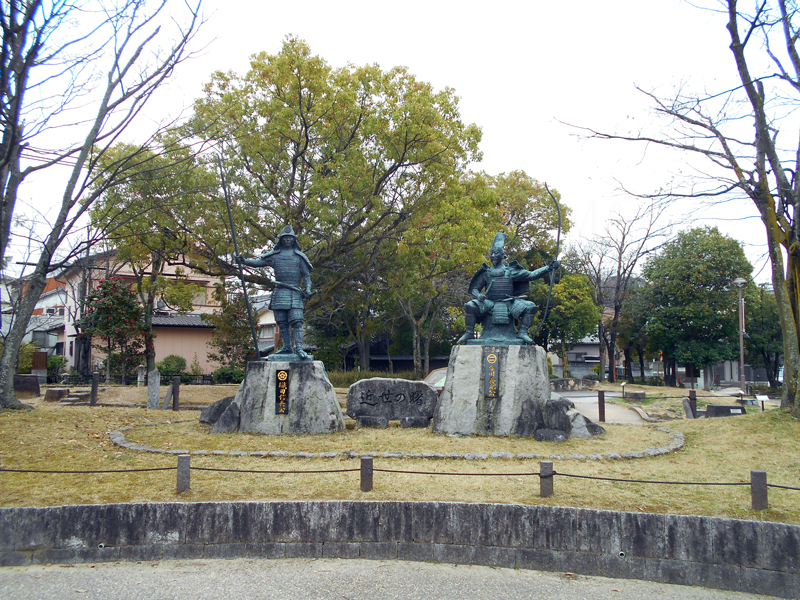
Inuyama Castle, Inuyama City
A designated National Treasure, Inuyama Castle is one of only 12 Japanese castles surviving in its original form. Its current structure was mostly built in the 1530s by an uncle of Oda Nobunaga, and it was a significant hurdle in Nobunaga's unification of Owari. The thick stone foundations and steep wooden staircases give a sense of what it must have been like to defend such a castle in the age of swords, spears, arrows and muskets. If you know where to look, you can see evidence of the original construction techniques inside the keep.
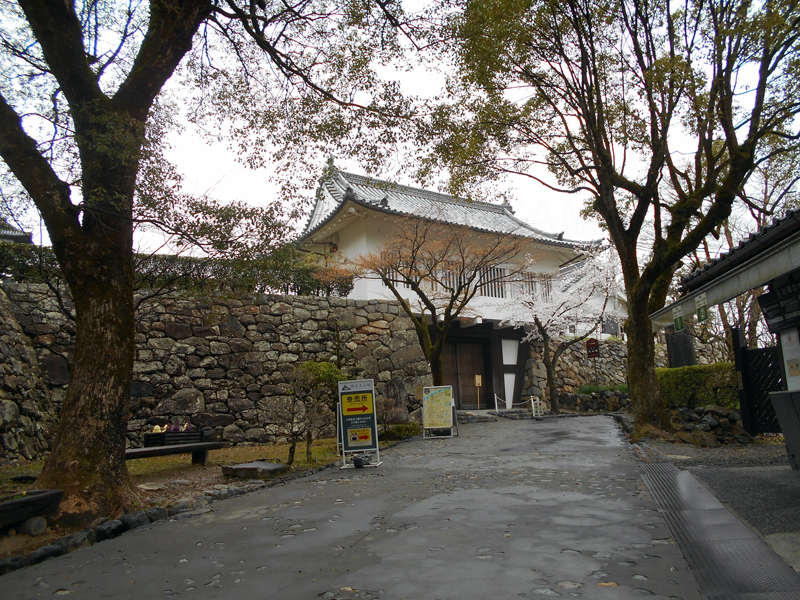
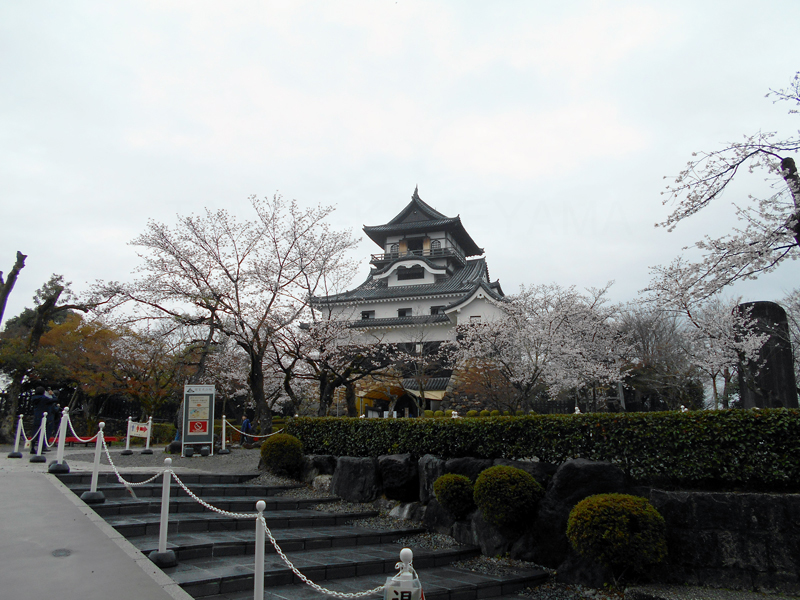
Gifu Prefecture
The southern part of Gifu prefecture was once known as Mino Province. Mino was governed by the Toki clan (from which Akechi Mitsuhide claimed descent) until they were overthrown by Saitō Dōsan, Oda Nobunaga's father-in-law. In the 1560s, Nobunaga took the province for himself and gave Gifu its present-day name.
Gifu Castle (reconstruction), Gifu City
Before it served as Oda Nobunaga's headquarters, the mountaintop fortress of Gifu Castle was known as Inabayama Castle. Its daring capture was a landmark achievement for the general who would later become known as Toyotomi Hideyoshi. Various ruins and attractions can now be visited alongside the reconstructed keep, which is also famed for its panoramic views.
https://www.gifucvb.or.jp/sightseeing/gifu-castle.php
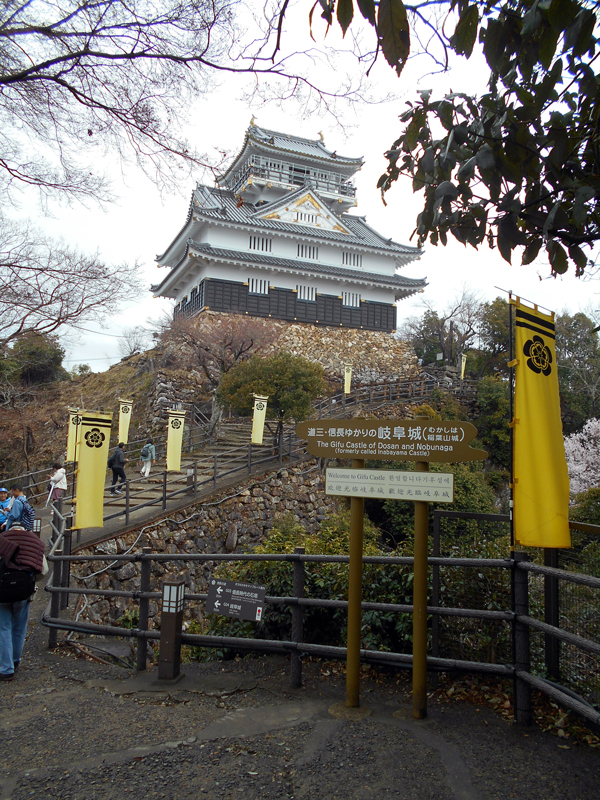
Gifu Park, Gifu City
The enormous residence that Nobunaga built below Gifu Castle, known as Senjō-jiki ('One thousand tatami mats'), was described by the missionary Luís Fróis in awestruck terms. Sadly, only a few excavated remains are visible today in Gifu Park. However, the park also houses the Gifu City Museum and its sengoku jidai-related exhibits. Furthermore, a cable car connects Gifu Park to the mountain-top attractions of Gifu Castle.
https://www.gifucvb.or.jp/sightseeing/detail_kankou.php?eid=00002
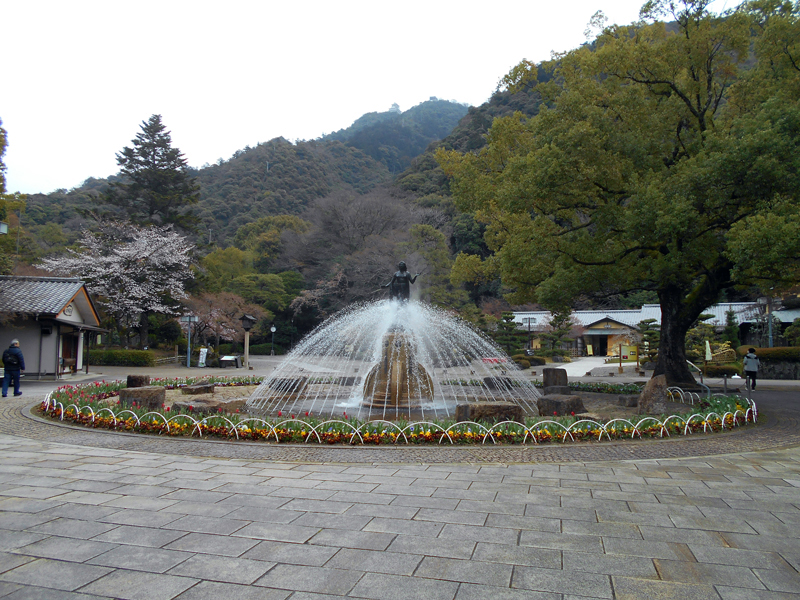
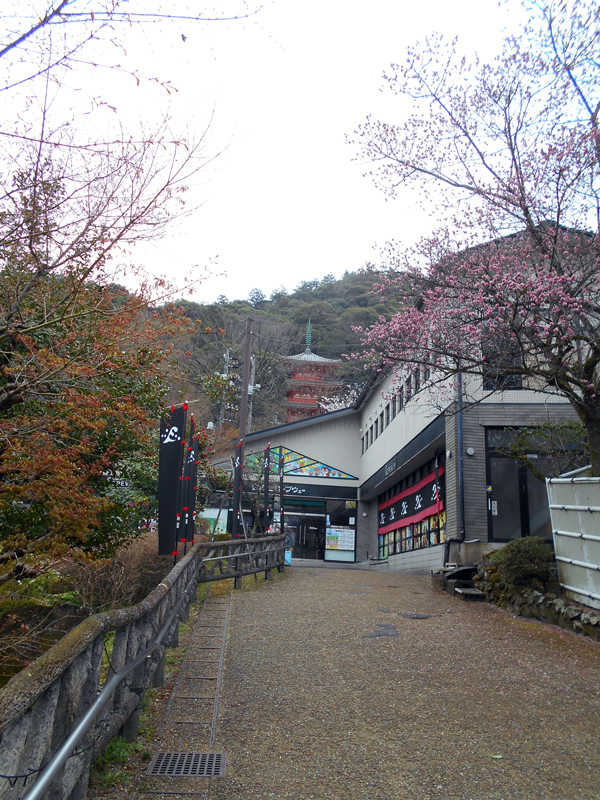
Shiga Prefecture
Previously known as Ōmi Province, Shiga Prefecture lies just to the east of Kyoto, encircling the beautiful Lake Biwa. This area and particularly its main city of Ōtsu was once an important staging point for the Imperial capital.
Azuchi Castle (ruins), Ōmihachiman City
Set back from the southern shore of Lake Biwa, Azuchi Castle was Oda Nobunaga's grandest castle. While it only stood for a few years before being pillaged and burned down in 1582, it was certainly one of the most impressive buildings of its time. The ruined walls and foundations still give visitors a sense of its former scale and power. For those who have less time to spend in the area or who are less able to climb the castle steps, the Shiga Prefectural Azuchi Castle Archaeological Museum and the Nobunaga no Yakata Museum, both located nearby, offer different ways to experience the site's history.
http://azuchi-museum.or.jp/(in Japanese)
http://www.zc.ztv.ne.jp/bungei/nobu/ (in Japanese)
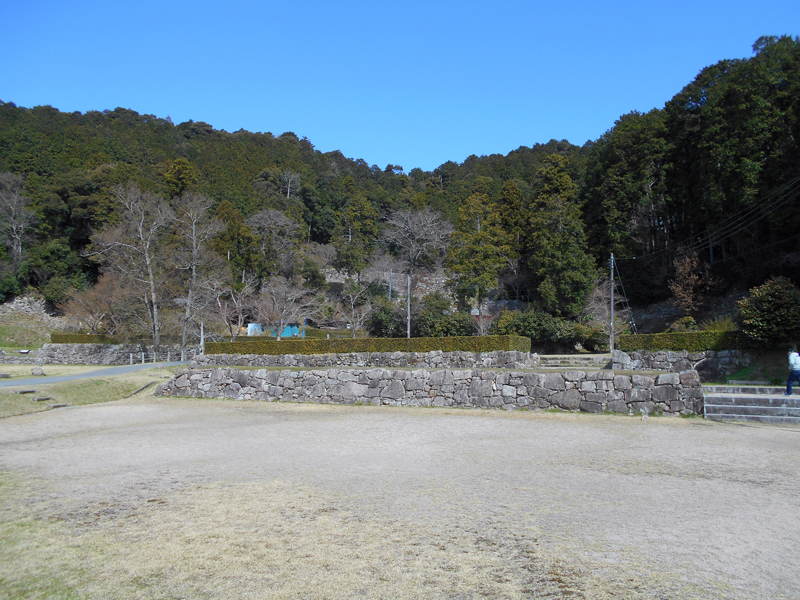
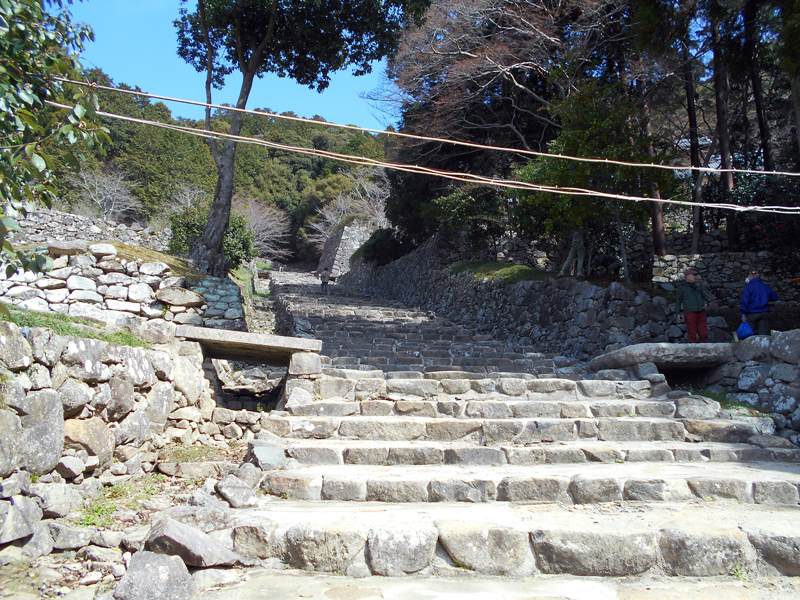
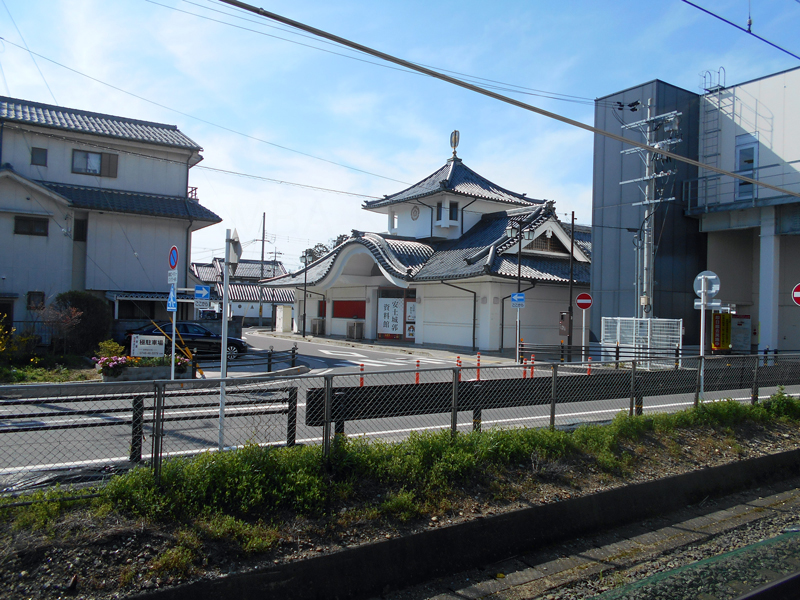
Enryaku-ji, Ōtsu City
Located on Mount Hiei, on the opposite side of Lake Biwa to Azuchi Castle, Enryaku-ji is home to the Tendai sect of Buddhism. In 1571, the temple was notoriously razed to the ground by Oda Nobunaga in order to suppress the threat from its warrior monks. Split into three distinct complexes, Enryaku-ji is part of the UNESCO World Heritage 'Historic Monuments of Ancient Kyoto' site. The area is also famed for its natural scenery.
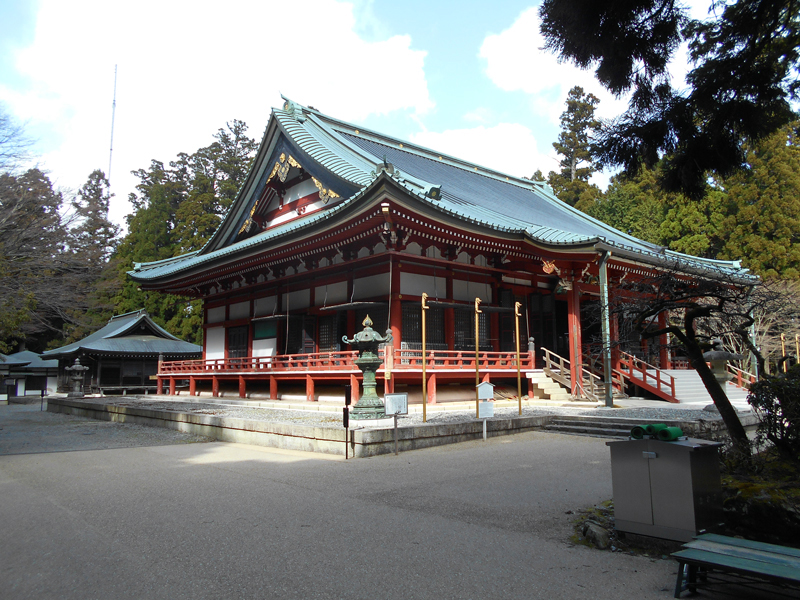
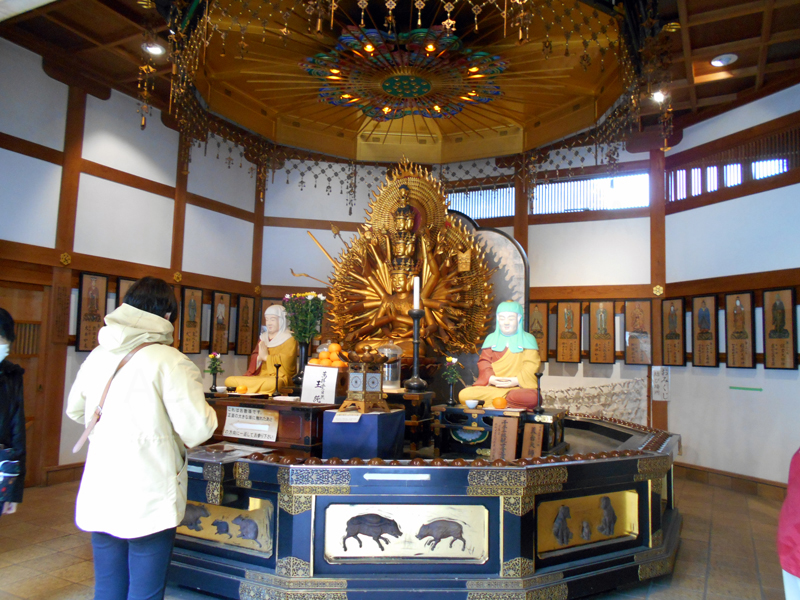
Hikone Castle Museum, Hikone City
Hikone Castle's main keep and adjoining towers date back to their original construction and are listed today as National Treasures. Completed in 1622 by the son of Ii Naomasa, it is strictly speaking an Edo period castle. Naomasa, however, was a famous sengoku general who served Tokugawa Ieyasu in the Battle of Komaki and Nagakute, the Siege of Odawara and the Battle of Sekigahara. Alongside many Edo-period artworks, the Hikone Castle Museum also houses the fearsome red suits of armour owned by Naomasa and his descendants as well as historic handwritten letters and ancient swords.
https://hikone-castle-museum.jp/en/
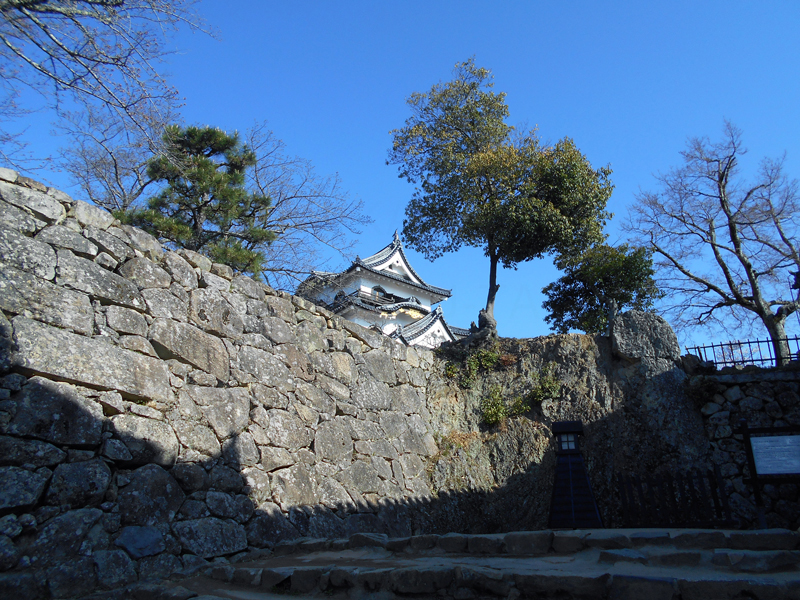
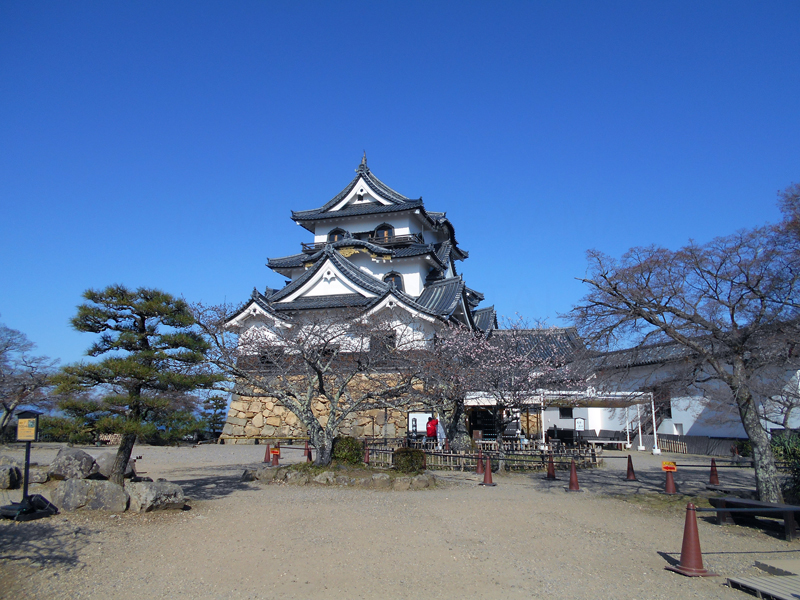
Kyoto Prefecture
Kyoto was the seat of Japan's Imperial court from 794 until 1869. Many of its famous temple institutions substantially predate the sengoku jidai, although many individual buildings have been reconstructed repeatedly over the centuries. While all these places deserve a visit, there are some spots with special significance to our period of interest.
Daitoku-ji, Kita Ward, Kyoto
Daitoku-ji is an important Zen temple complex in Kyoto with strong links to late sengoku period history and culture. Its sub-temple, Sōken-in, was founded by Toyotomi Hideyoshi as the mortuary temple for Oda Nobunaga and houses a seated wooden statue of Nobunaga which dates to that time. The wider complex contains a number of architectural treasures, including an elaborate Imperial Emissary Gate relocated from Hideyoshi's lost Jurakudai palace. Other objects linked to Hideyoshi can be found inside the temple buildings.
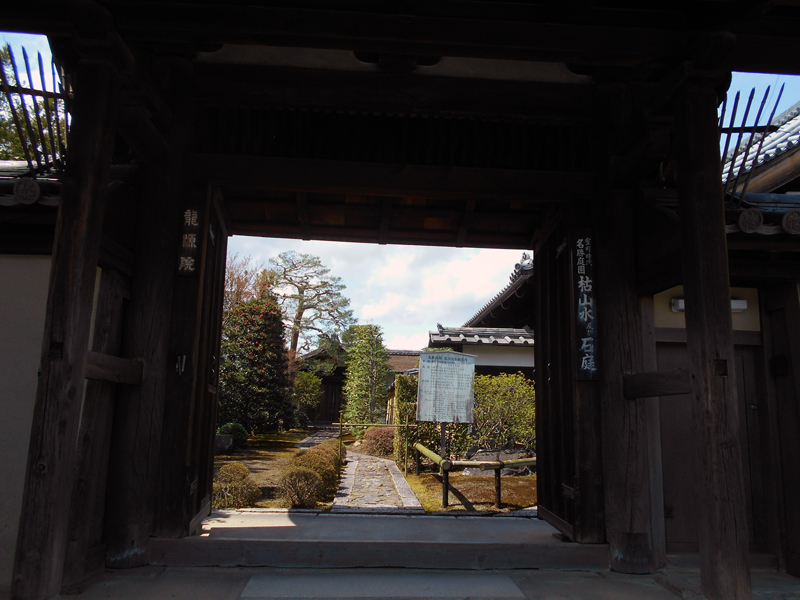
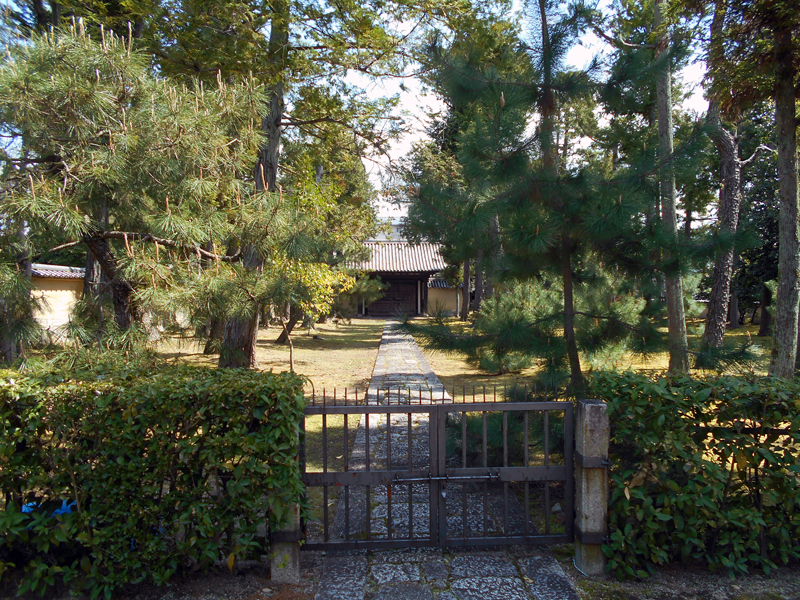
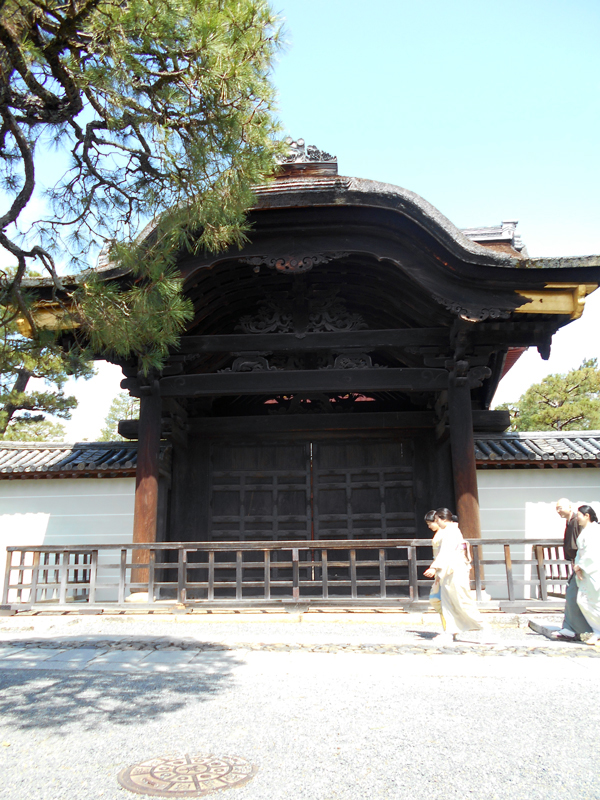
Kyoto Imperial Palace and Nijō Castle, Kamigyō Ward, Kyoto
As the seat of Imperial power, the Kyoto Imperial Palace was the epicentre of politics during the sengoku jidai. For those interested in a taste of Japanese bureaucracy, guided tours of the buildings may be booked via the Imperial Household Agency website. However, the extensive Kyoto Gyoen National Garden which surrounds them may be visited without appointment. Another iconic site not far from the Imperial Palace is Nijō Castle, built by Tokugawa Ieyasu as his own fortified palace in Kyoto. It was the place where Ieyasu announced his appointment as shōgun in 1603 and remains the perfect place to experience the grandeur of the Tokugawa dynasty.
https://sankan.kunaicho.go.jp/english/guide/kyoto.html
https://nijo-jocastle.city.kyoto.lg.jp/
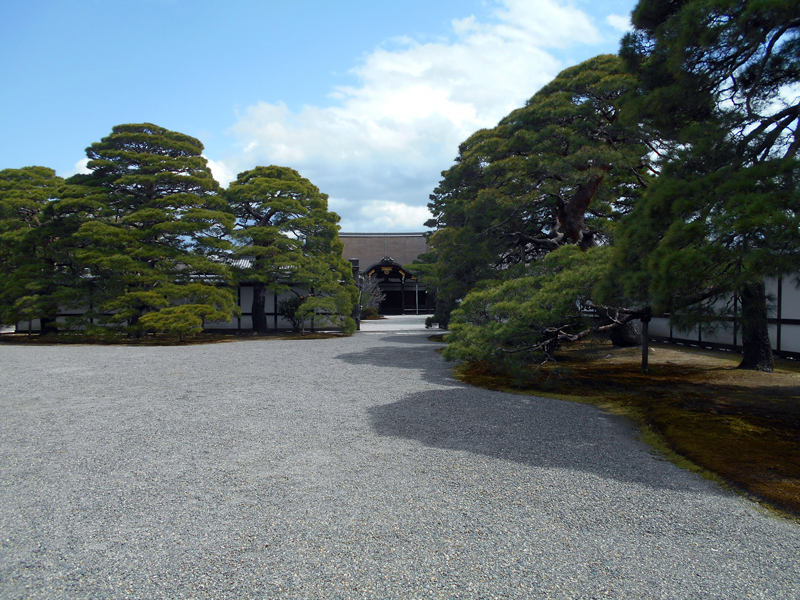
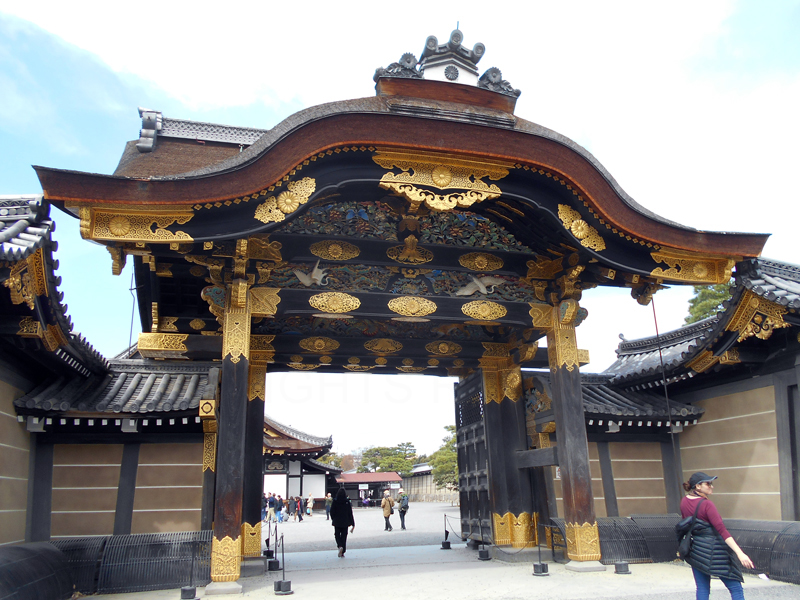
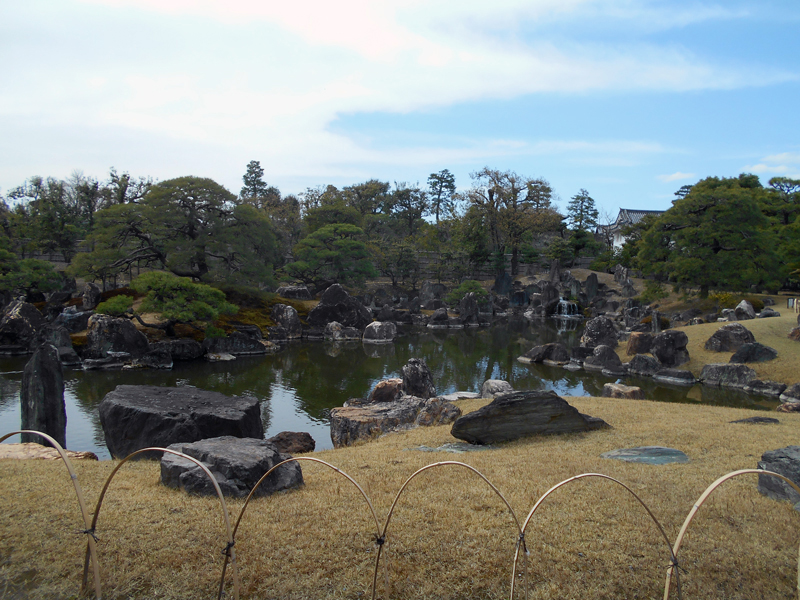
Tomb of Akechi Mitsuhide's Head, Higashiyama Ward, Kyoto
This tiny, unassuming shrine is located in an alleyway off the willow-lined stream called Shirakawa, a stone's throw from the famous 60cm-wide Ippon Bridge and a short walk from Higashiyama Station. Here, history buffs can quietly pay their respects to one of the sengoku jidai's most famous and controversial figures. A traditional sweet shop on the corner sells 'Mitsuhide manju' among other delicacies.
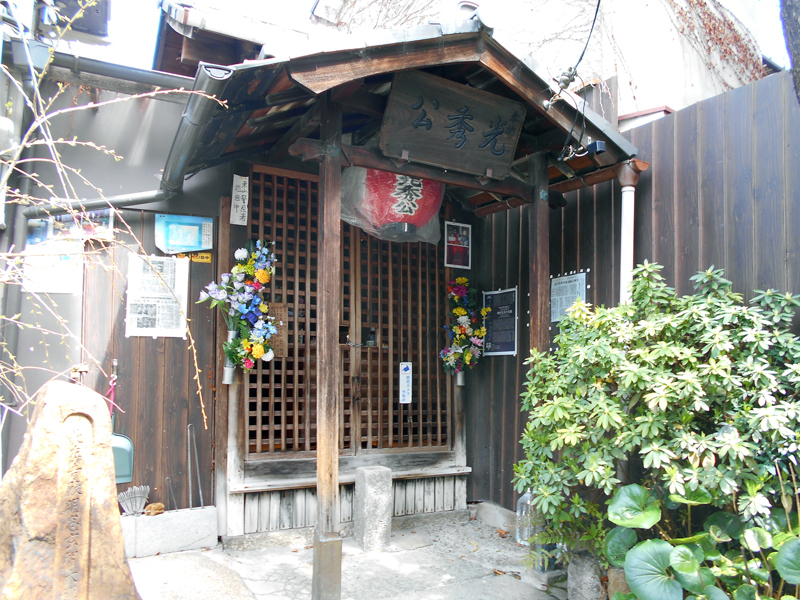
Shunkō-in, Ukyō Ward, Kyoto
Founded in the 16th century, Shunkō-in is a temple dedicated to the teaching of Zen Buddhism. Its rich history and varied cultural activities make it a worthwhile destination for any tourist. However, one artifact holds particular interest for fans of sengoku jidai history: the original bell from Kyoto's lost Jesuit church, made in Portugal in 1577 and no doubt heard by the likes of Luís Fróis.
